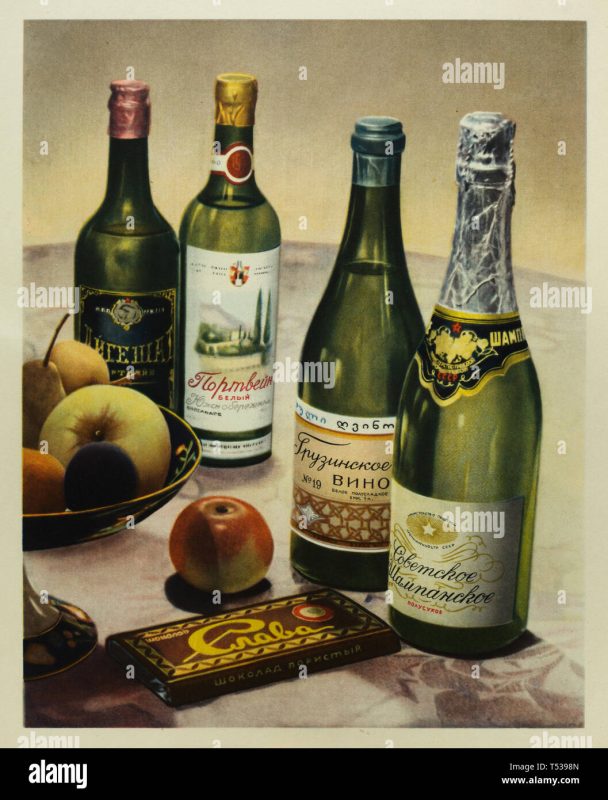Merlot-Tannat
On arrival at the winery, there is usually a mixture of individual berries, whole bunches (particularly with handpicked grapes), stems, and leaves. The presence of stems during fermentation can lead to a bitter taste in the wine, and the purpose of destemming is to separate grapes from the stems and leaves. Mechanical de-stemmers usually consist of a rotating cage perforated with grape-sized holes. Within this cage is a concentric axle with arms radiating towards the inner surface of the cage. Grapes pass through the holes in the cage, while stems and leaves are expelled through the open end of the cage.
After destemming, the grapes are commonly lightly crushed. Crushers usually consist of a pair of rollers, and the gap between them can usually be regulated to allow for light, hard or no crushing, according to the winemaker‘s preference.
The mixture of grapes, skins, juice, and seeds is now referred to as must. The must is then pumped to a vessel, often a tank made of stainless steel or concrete, or an oak vat, for fermentation.
In common with most modern winemaking equipment, de-stemmers and crushers are normally made of stainless steel (food-grade stainless steel for those parts that come into physical contact with the grapes).




